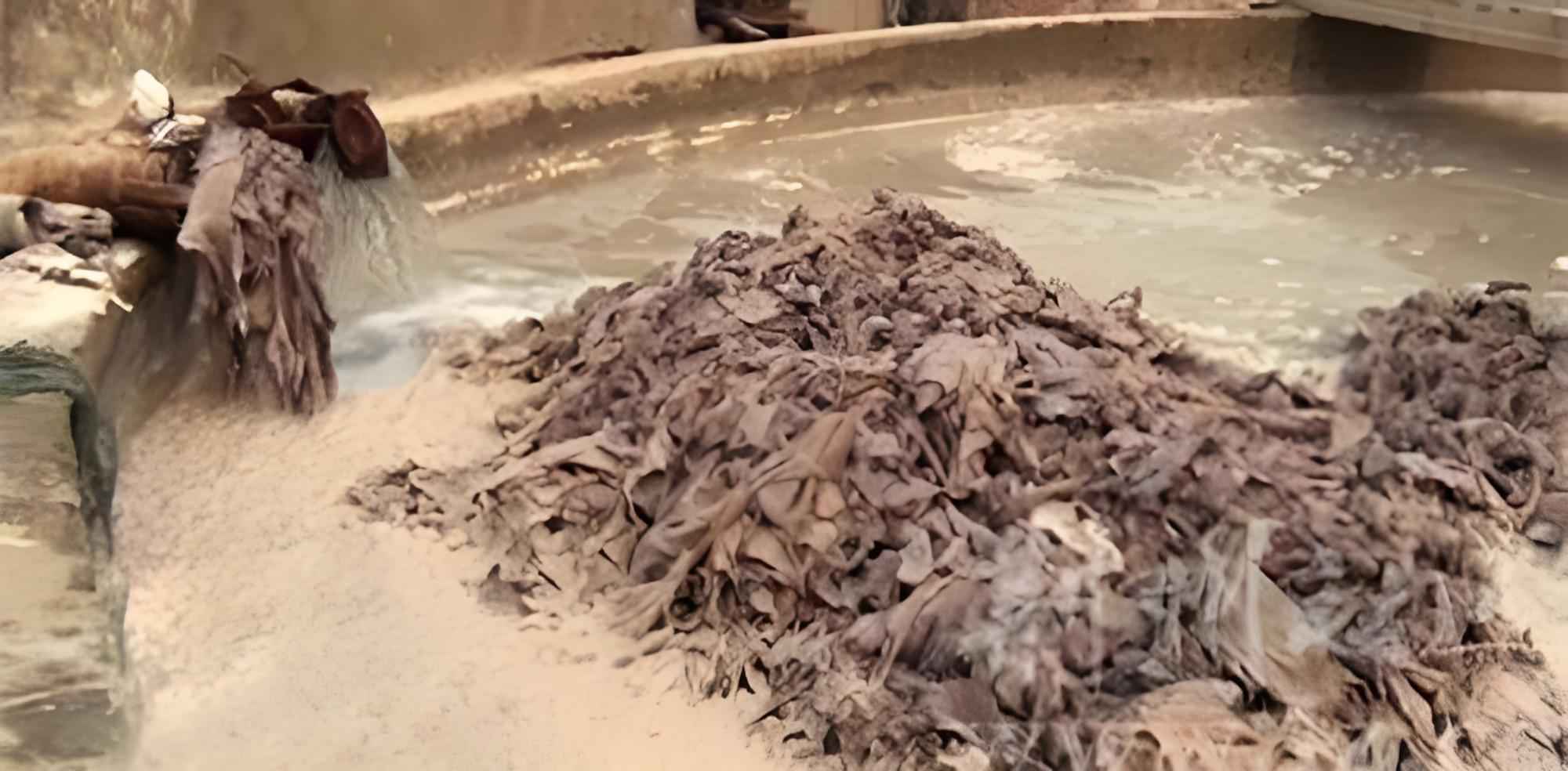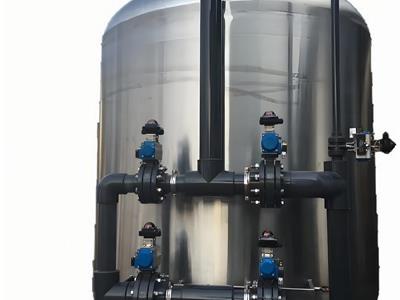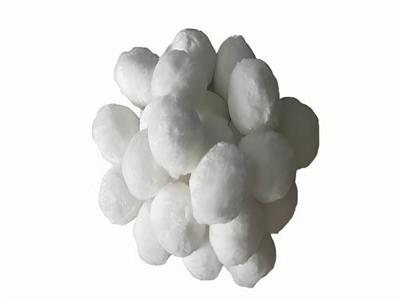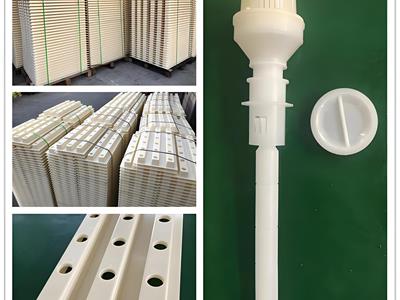- 2025-10-12
how to remove tannins from water
Tannins are natural organic compounds formed by the decomposition of plants. Common plants in everyday life include tea leaves, roots, leaves, grape skins, and unripe fruit. Tannins react with proteins to form a precipitate that is soluble in ethanol and water. They are commonly found in surface water sources and shallow wells in coastal areas and low-altitude regions.
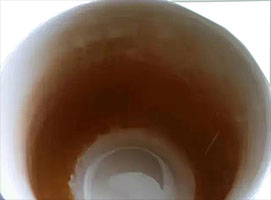
Water flowing through areas rich in humus dissolves plant particles, giving it a distinctive tea-colored appearance. This color is often mistaken for a pollutant, but it is actually caused by tannins in the water.
Damages of Tannins
Tannins are natural compounds found in plants, primarily in foods like coffee, red wine, and nut milk. Excessive intake of tannins can cause adverse effects on the body, including indigestion, iron absorption, and allergic reactions.
1、Indigestion
Tannins can cause a constricting or tightening sensation in the oral mucosa. Excessive intake can cause excessive gastrointestinal contraction, leading to diarrhea, indigestion, and other problems. 2. Osteoporosis
Tannins interfere with the body's calcium absorption, leading to fatigue, anemia, and osteoporosis over time.
2、Allergic Reactions
Tannins may cause itching and breathing difficulties. People with a history of allergies should follow their doctor's advice to avoid excessive tannin intake.
Methods for Tannin Removal
Tannin removal is significantly affected by regional vegetation characteristics, requiring targeted processes. Currently, mainstream technologies include:
As the preferred solution for removing tannins from drinking water, ion exchange occurs by exchanging ions in a solid ion exchanger with ions in a dilute solution, removing some ions from the solution. This process is a mass transfer separation method. This system must be used in conjunction with a pretreatment process to ensure operational efficiency. Pre-softeners, multi-media filters, UV light, or ultrafiltration can effectively prevent resin contamination and improve tannin adsorption. Regular resin regeneration with brine and sodium bicarbonate is crucial; otherwise, spent resin may cause unpleasant odors in the water.
Reverse osmosis works by leveraging the high molecular weight of tannins to efficiently intercept and remove contaminants such as tannins and particulates. However, it's important to note that tannins can easily foul reverse osmosis membranes, necessitating enhanced pretreatment and maintenance. Its advantage is that the system is highly adaptable to fluctuations in influent water quality.
3、Oxidation Process
Oxidants such as chlorine can effectively decompose tannins. The optimal dosage and contact time require beaker tests. Specific activated carbon systems can also reduce tannins to acceptable levels.

